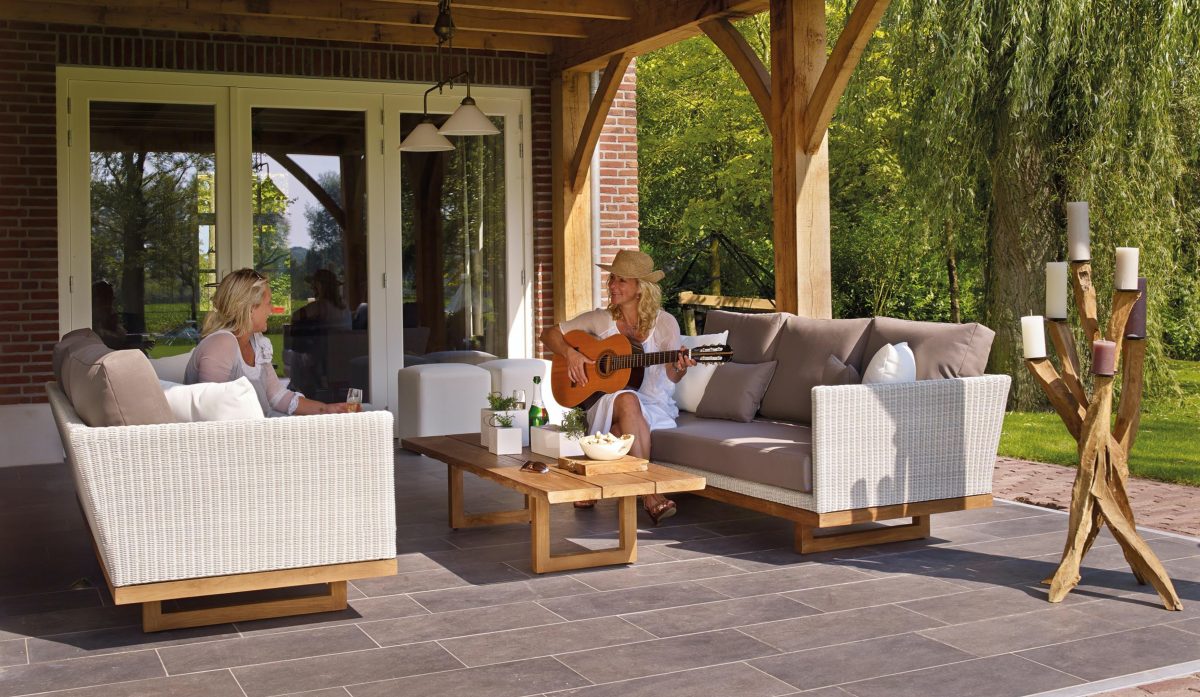Since March of 2020, we have been challenged daily by what is safe, and what is not. The reality of Covid-19 has become a major influence in all aspects of our lives. During many of these months, Americans were trapped in their homes by fear created by the pandemic. Our homes became a place where we were told to remain, unsure of when we could again venture outside. Our dwellings became not only a place of residence but our workplace, children’s school, gym, and place of worship for twenty-four hours a day, seven days a week.
With life being concentrated at home, architects are being asked to design a range of “specialty rooms” throughout the house. These include separate entry areas such as mudrooms, which can be used for storing shoes, coats, etc., as well as sanitizing. Larger storage areas are being requested for food and refrigeration. Keeping greater quantities of supplies on hand has become very important due to shortages created by the pandemic. Workout areas, indoor and outdoor swimming pools, and “green” rooms that open up to allow the inside and outside to merge into one have been requested. While many Americans value home exercise as important, the home gym has grown to include virtual training sessions complete with specialty classes. Some of these classes require hands-free communication and quality screens with excellent speakers. Massage rooms, juice bars, and plunge pools are being added to the home gym experience. As a result of Covid-19, the home in post-pandemic architecture has become the center of our business and personal lives.
As the world slowly adapts to life in the pandemic, architecture is being called on to reshape our spaces. Ongoing debates in the industry focus on any challenges that have touched and transformed our homes and workplace. Architecture is generally a field where change can be slow. It usually takes a few years for a building to rise while smaller projects can be built in a matter of months. This being the case, an immediate response to anything new can take some time to take hold. When Covid-19 hit the globe, architects knew that change was inevitable. As the situation begins to settle designers and architects have started a discussion in the community. They are sharing ideas and design proposals that can help us navigate this “new normal” we are all facing.
The discussion and debate have touched on a multitude of subjects. Some questions that have been asked are:
- What does a post-pandemic school look like?
- What might a safe office look like?
- How can robots and AI be used to create a safe environment?
The debate has been widespread and it touches on all building typologies as well as different stages of the architecture profession and construction. Will the pandemic play a role in expediting concepts of automation within the industry? Modern architecture’s aim was to create healthy building environments. Our new challenges will undoubtedly birth new inventions and solutions for everyday life as it is now. Some projects have begun taking shape, offering us a glimpse of how post-pandemic architecture might look like. Future construction against similar pandemics might be a concern in the field as building across the globe resumes. We await the form this new architecture will take and how it can make our lives better in these challenging circumstances.


